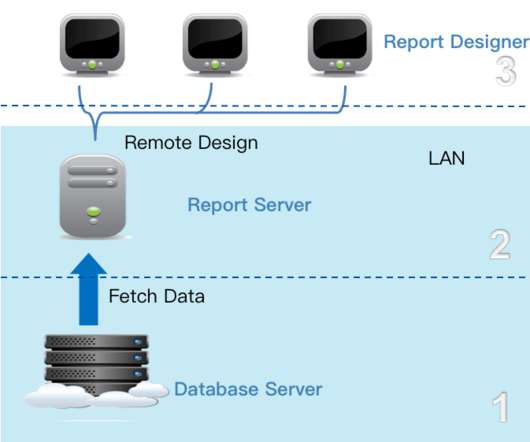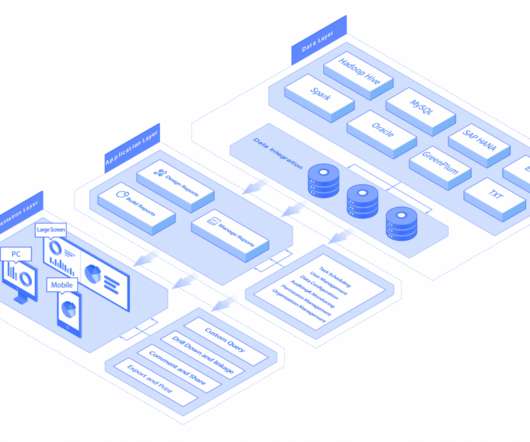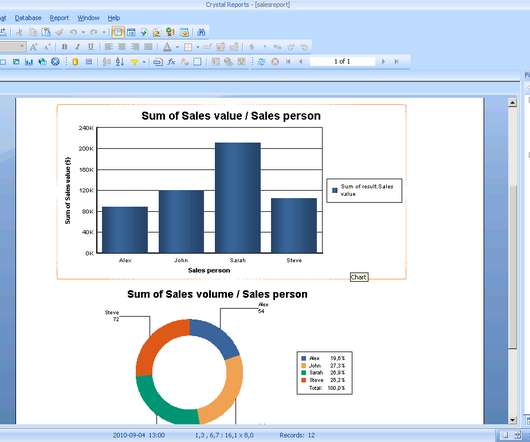Reporting System: Everything You Need to Know
FineReport
AUGUST 14, 2020
It is composed of three functional parts: the underlying data, data analysis, and data presentation. The underlying data is in charge of data management, covering data collection, ETL, building a data warehouse, etc.
















Let's personalize your content